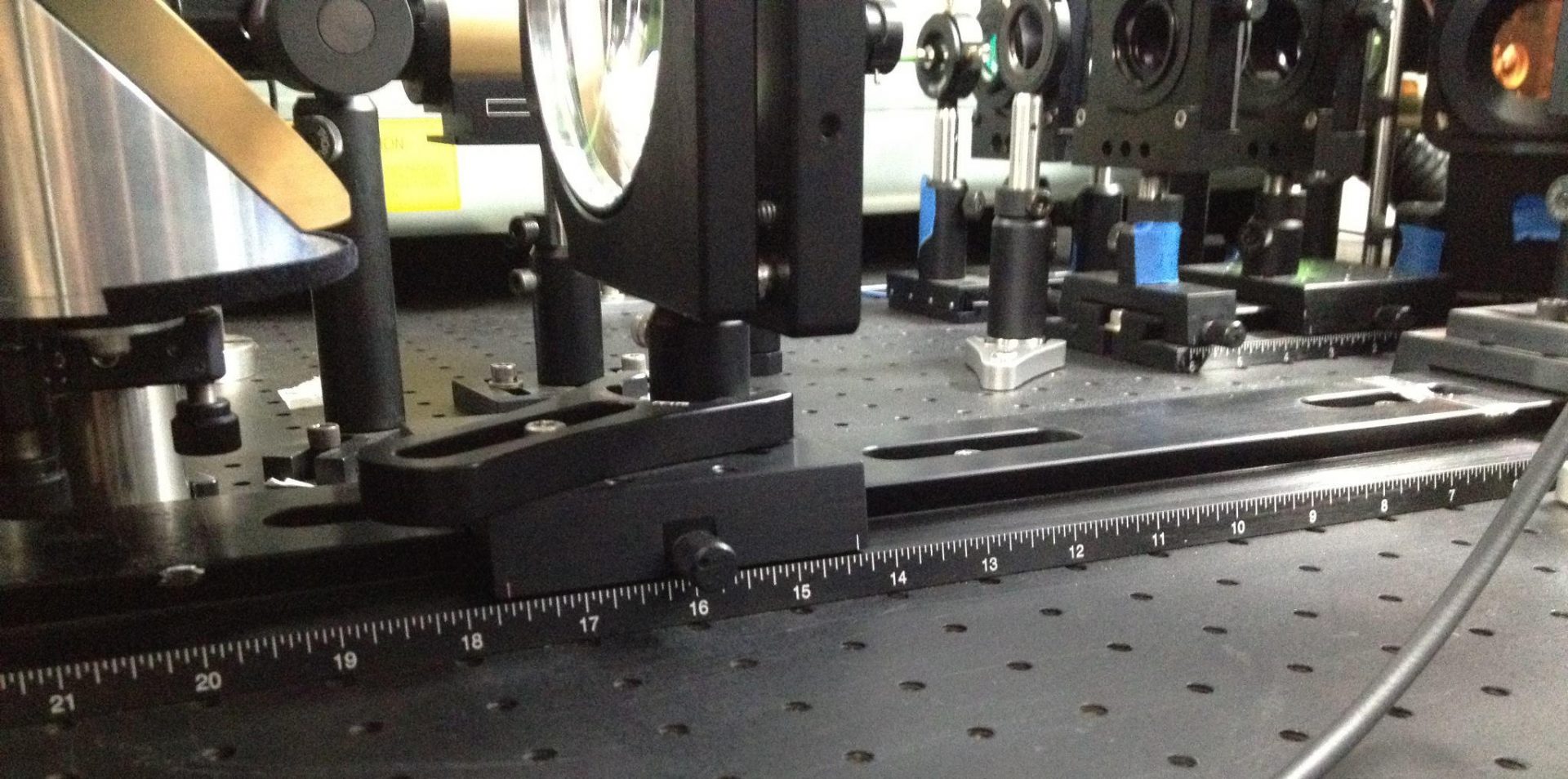The use of optical fiber to deliver STimulated Emission Depletion (STED) patterned light to achieve super-resolved images has been an objective of nanoscopy. The ability to do so would represent a new modality for the delivery and use of STED nanoscopy in medical applications. My MS Thesis research demonstrates the successful ability of Endlessly Single Mode (ESM) fiber to deliver excitation and STED ‘doughnut’ patterning to 100nm fluorescent nano-bead samples using ESM fiber optics.
STED nanoscopy has expanded into many area of biological imaging since its inception. The ability to detect fluorophores in near real time with nanometer accuracy has numerous applications in the realm of biology where the sizes of proteins and other biologically relevant molecules are diffraction limited. Many STED systems are very large in size and take up entire vibration isolation tables with very finicky optical elements. These requirements have thus far limited the use and wide adoption of STED nanoscopy in research. Using a fiber to deliver the light sources and then collect the resultant fluorescent light will help to alleviate the space and size restraints of current STED systems. My Masters research work demonstrates the practical implementation and components of a fiber based STED system that can achieve super-resolution.





